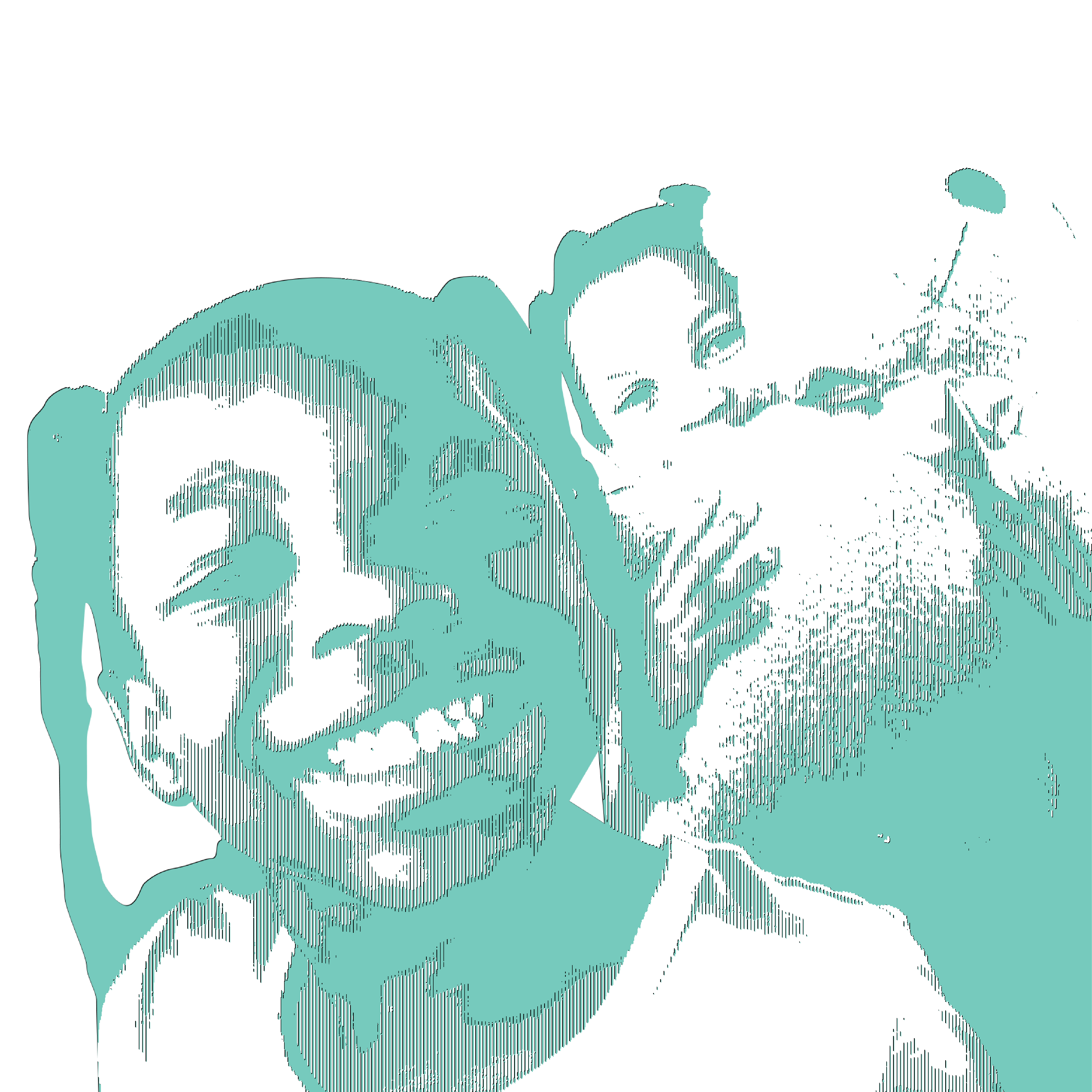Rio de Janeiro is the source of many of the largest dengue and chikungunya outbreaks in South America. They usually start in favelas, where the virus vector, Aedes aegypti mosquitoes, breed in puddles. In favelas, people live close to each other—a local outbreak quickly becomes an epidemic.
Both diseases are "neglected diseases," according to the WHO. They affect the poor, and are thus not considered a priority in research.
Dengue is called “breakbone fever." Chikungunya means "bent man," a reference to the pain caused by an infection. Children are especially affected. In 2019, 2.1 million people were infected with dengue in Brazil, an incidence of 321 per 100,000 inhabitants. Few infections were reported during the pandemic; dengue and COVID-19 can cause similar symptoms. Some epidemiologists warn of an “invisible outbreak.”
Dengue outbreaks can be detected, tracked, and stopped early. However, this is difficult in favelas because many are controlled by gangs and access to public services is rudimentary.
Since 2021, the Oswaldo Cruz Institute in Rio has been testing a new weapon to fight dengue: Children recruited in schools are given kits with dried mosquito eggs, and the students let them hatch at home. These bred mosquitoes are immune to dengue and chikungunya because they were previously vaccinated with the bacterium Wolbachia. Vaccinated mosquitoes pass immunity to their offspring.






